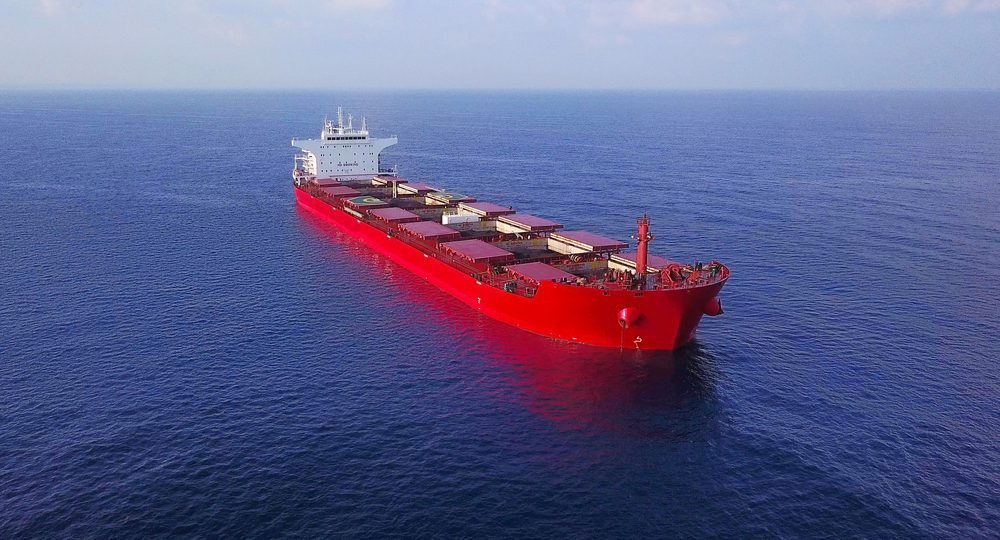A German government plan to deepen the Rhine to reduce the degree of disruption when water levels fall has proved controversial, meeting opposition in several parts.
Dry conditions in Germany and Switzerland this year resulted in large sections of the Rhine’s riverbed being exposed. This forced cargo ships to lighten their loads, at one point to such a degree that it almost became uneconomic to run barges at all.
The Rhine connects industry in Germany, France and Switzerland with the port of Rotterdam in the Netherlands. Each year more than 300m tons of cargo are shipped along its length, with that cargo consisting of chemicals coal, grain and car parts.
When navigation is disrupted by low water levels the economic impact can be significant.
This has led the German government to produce an “action plan” that will protect shipping. It is boosting the number of vessels that are adapted to low water, but more controversially it also wants to deepen a section of the Middle Rhine Valley. While the proposal has been welcomed by businesses, environmentalists and some local residents are not keen on the
idea.
The focus is a 50km section of the Middle Rhine where the river is flanked by craggy cliffs, hilltop castles and wine-producing villages. It is World Heritage listed,
The shipping channel in this part of the Rhine is shallower at certain bottlenecks. When in doubt, it has to load much less,” said Sabine Kramer from the Rhine Waterways and Shipping Administration (WSA) and the
area manager for the project.
The government’s plan envisages deepening the navigation channel by 20cm. Kai Kempmann, head of the Committee for Infrastructure and Environment at the Central Commission for the Navigation of the Rhine (CCNR) said that “for inland navigation, that is a lot. You can transport a lot more with those 20cm.” According to the WSA, each ship would be able to carry at least an extra 200 tons.
To raise the Rhine’s level, engineers with the federal waterways authority have proposed installing hydraulic structures that run parallel to the bank, as well as groin-like constructions that extend into the river. These would divert flowing water toward the middle of the Rhine and hold back sediment. Shaving jutting rock from parts of the riverbed and dredging in gravelly areas are also part of the plan.
However, the German Federation for the Environment and Nature Conservation (BUND) feared that channelling more water to the middle of the river would harm fish and mussels. Sabine Yacoub, BUND chairwoman in the western state of Rhineland-Palatinate, said that “we fear this will significantly change the riverbanks and impact on fish populations because this is where the fish lay their eggs.”
Yacoub is also worried that ecologically important shallow areas could dry out permanently as a result of the changes.
Kramer from WSA Rhine said the deepening measures would not be allowed to cause environmental deterioration. “An environmental impact assessment is underway, and fish stocks are also currently being taken into account,” she said.
The Rhine was artificially straightened in the 19th century, turning it into a fast-flowing channel that could transport cargo efficiently.
Philipp Rahn mayor of Bacharach, a town on the Rhine’s banks that relies on tourism for more than 90% of its budget, said he feared that any new structures in the river would negatively alter the picturesque landscape.
“These groins would have an enormous impact on our coast here,” he claimed, asserting that “we have a rowing club. We have watersports association. We have a public beach … And all of these would no longer be able to exist.”






